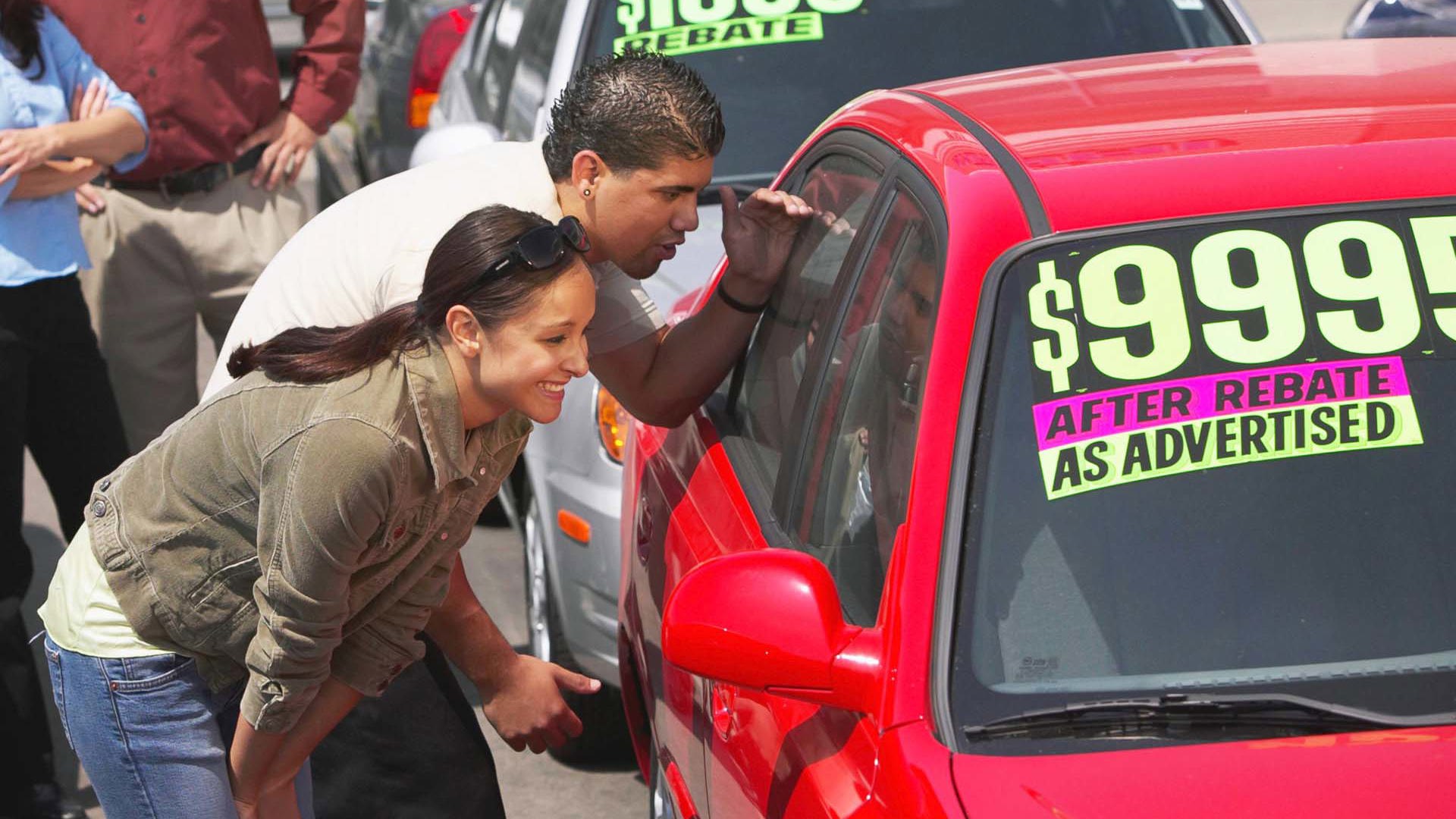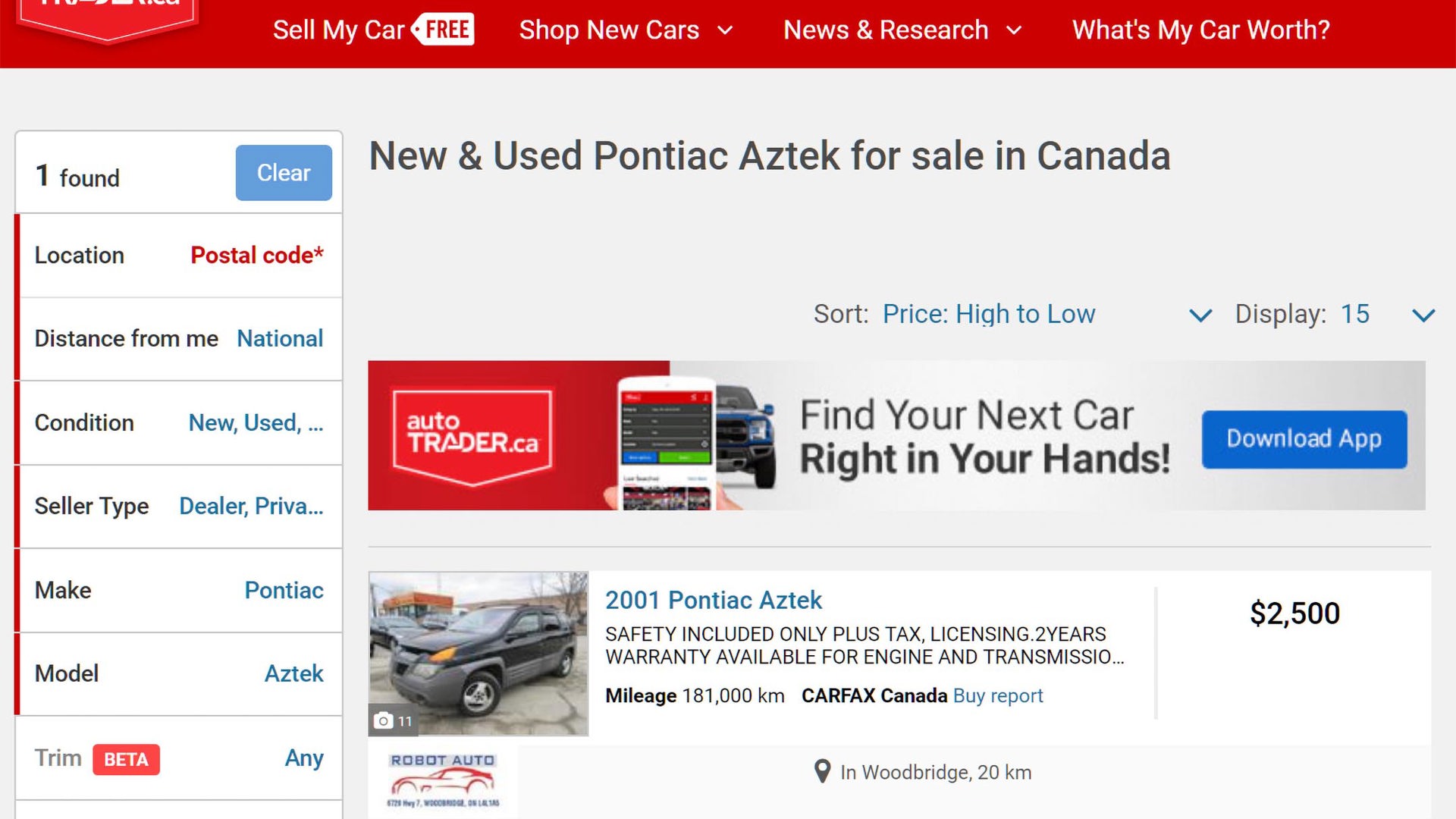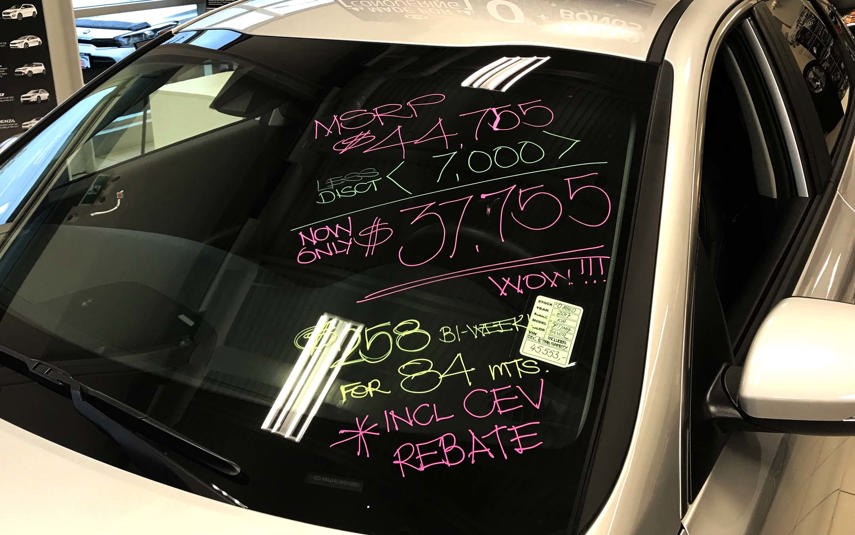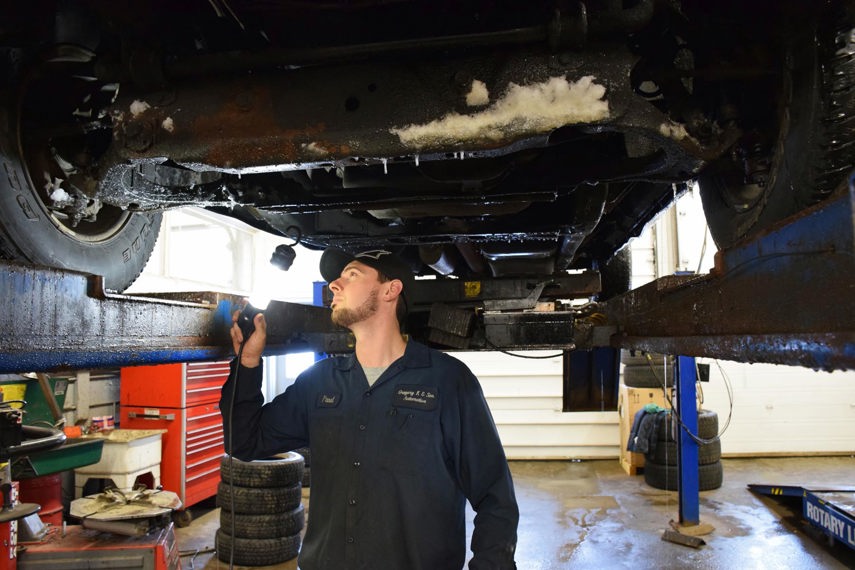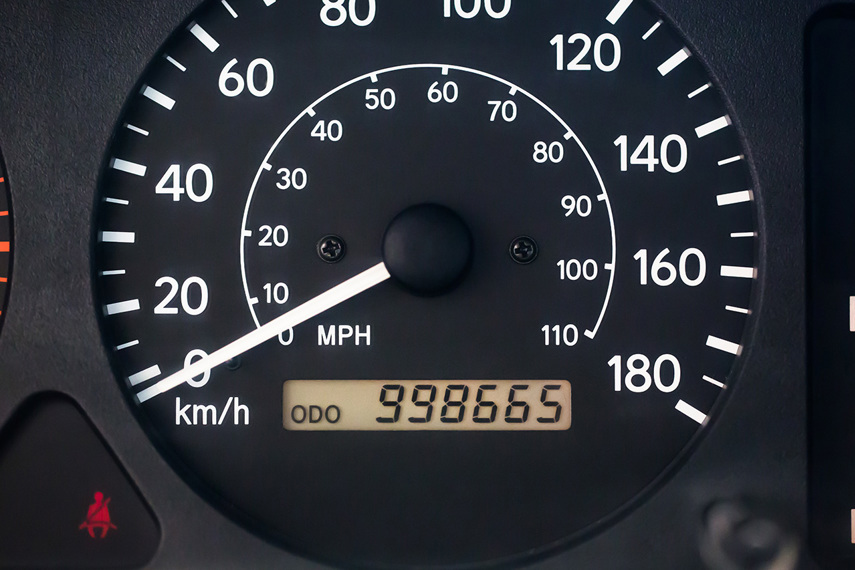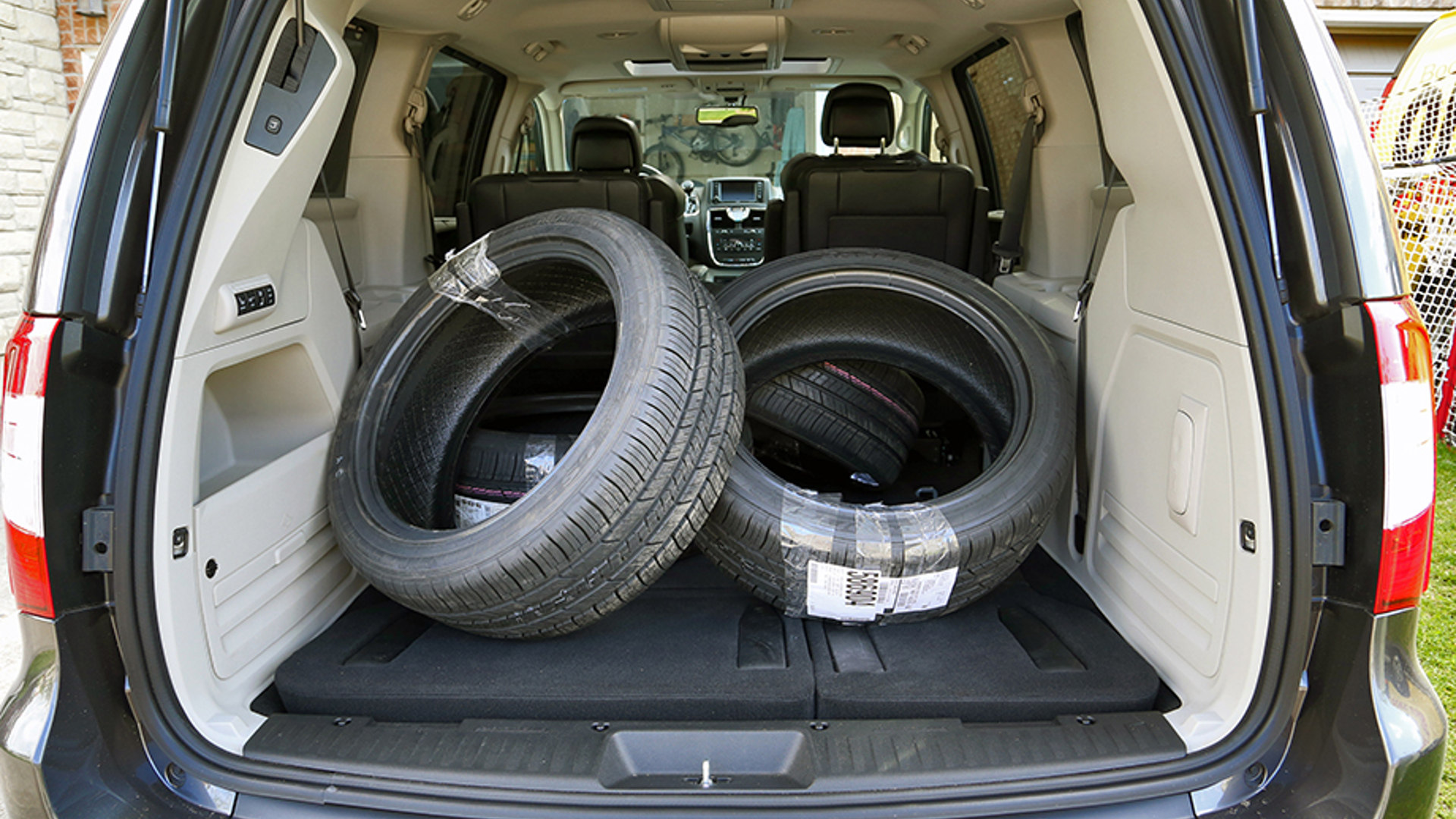Originally published on May 9, 2019.
If you’re gearing up to trade in a used car on something newer for the very first time, you’re in the right place. Below, we’ll provide some tips, advice, and a look at what to expect before and during the trade-in process.
If it’s your first time going through that process, fear not! Trading in your used ride towards a newer one is generally a painless step towards parking that new (or new-to-you) ride in your driveway.
Start the Process
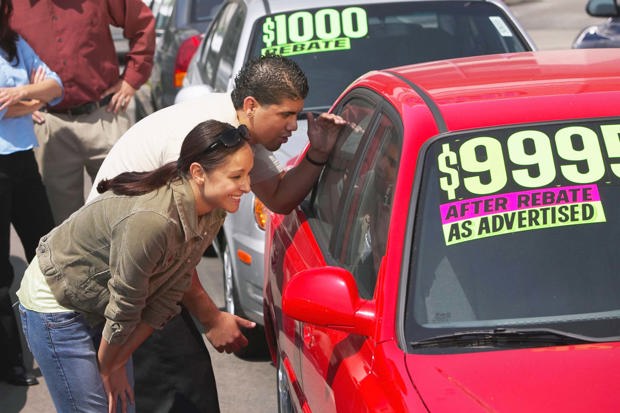
Many shoppers begin their new car shopping experience by first determining what their old car is worth. Depending on your budget, this may have implications on the new vehicle you’ll purchase, or whether you trade your older car in, or sell it privately.
Several options exist to help determine what your used car may be worth as a trade-in.
Online Listings
One method is to look up used car ads for vehicles just like your trade-in, possibly using the advanced search tools on autoTRADER.ca to search only for vehicles similar in year, mileage, and condition. Once you’ve dialled in the search terms, spend some time going through the results for a ballpark idea of what used cars, just like yours, are listed for. You can use the search tools to arrange search results from highest to lowest price, to see the range of possible values, and better estimate the value of your used car.
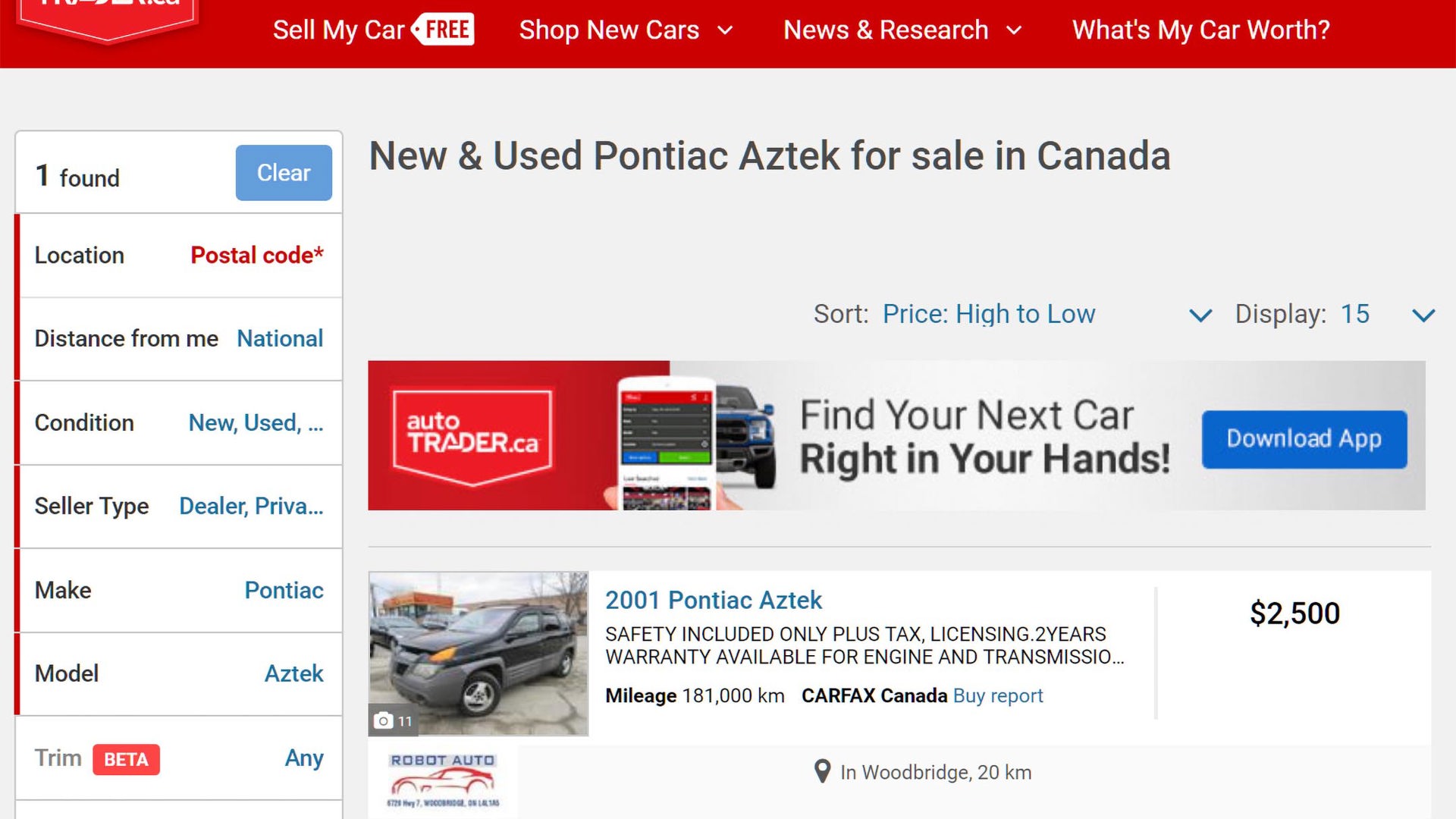
Dealership Appraisal
Another method of determining what your trade-in is worth is to ask a dealership to appraise it for you. Make contact with a sales representative at a dealership you’re interested in. Tell them up front whether you’re starting to shop for a new vehicle, or simply want to know what your trade-in might be worth, for future reference. To save time, consider making initial contact via phone or email, and asking when the dealership can appraise your trade. An appointment may be required.
During the appraisal, you’ll leave your car with the dealership staff for an hour or so while they inspect it. This might be a good time to browse the lot, and see if any of the new (or newer) vehicles for sale are of interest to you. Or, drop the car off in the morning, and come back in the evening to pick it up, if feasible.
If the dealer performs an appraisal of your trade-in for you, you’ll leave knowing what it’s worth towards the purchase of something newer.
ICO Program
If you want your used car gone fast, consider a program like the Instant Cash Offer (ICO) from autoTRADER.ca. Sellers provide details of their vehicle via an online form, and participating dealerships quickly respond with a cash-offer certificate for their used car. Shoppers can take that certificate (and their trade-in) to the participating dealer for a faster, more hassle-free trade-in experience when buying something newer.
Wholesale vs Retail Price Gap
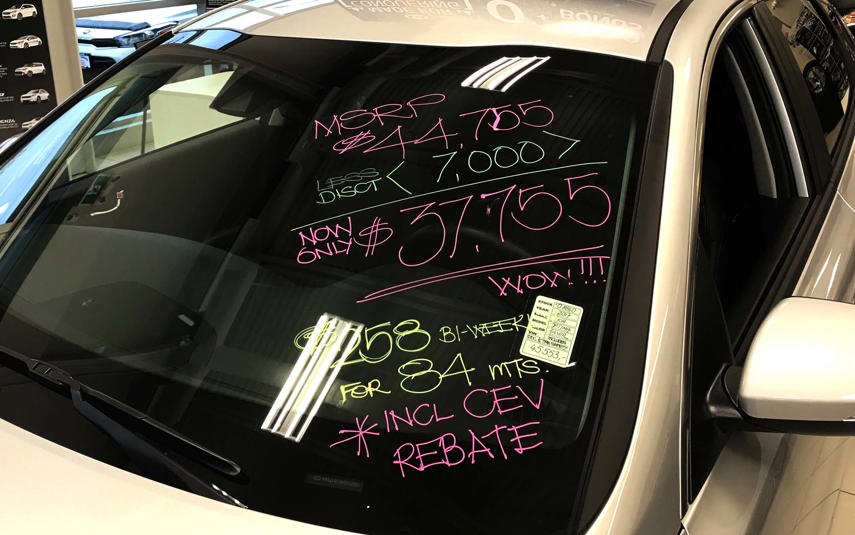
When trading in a used car to a dealership, understand that you’ll be offered wholesale pricing, not retail pricing, for your used car.
Wholesale pricing is the price paid by someone like a car dealership, who will buy your used car, and then re-sell it to somebody else. Retail pricing is what the vehicle will be sold for in the marketplace, to its new owner (either by the dealership, or by you, if you sell privately instead of trading it in).
Here’s an example: online listings reveal that people in the used car market are selling used Volkswagen Golfs, just like yours, for $10,000. This is the retail price, or the price that this vehicle would fetch from its final customer.
For the exact same vehicle, a dealership may only offer you $8,000 for trade-in. This is the wholesale value – or what the vehicle is worth to someone who will purchase it to re-sell.

Why the difference? It comes from the added work incurred by the dealership. When you trade a car in, the dealership (not you) has to recondition, advertise, show the vehicle for sale, handle the sale, and handle all associated paperwork.
For some, selling privately (for retail pricing) is the way to go, since it can put more money in your pocket. For others, trading in (for wholesale value) makes the most sense, since it’s faster and poses less of a hassle.
Don’t Forget the Sales Tax
Depending on where you live, trading in a used car (versus selling privately) may have an additional benefit in regards to the tax paid on the purchase of the new (or newer) vehicle.
For instance, let’s say you’re buying a new car for $30,000, and have a trade-in that will fetch $10,000. In provinces, you pay the tax on the difference between the two – for instance, $20,000 in this case (not the full $30,000).
Research how this may work in your specific province. Your dealer representative will be able to provide a quick answer as well. The gist? A dealer may offer you less than your trade than a private buyer, but trading-in might save you a good deal of tax on your new vehicle, too.
Maximize Your Trade-In Value
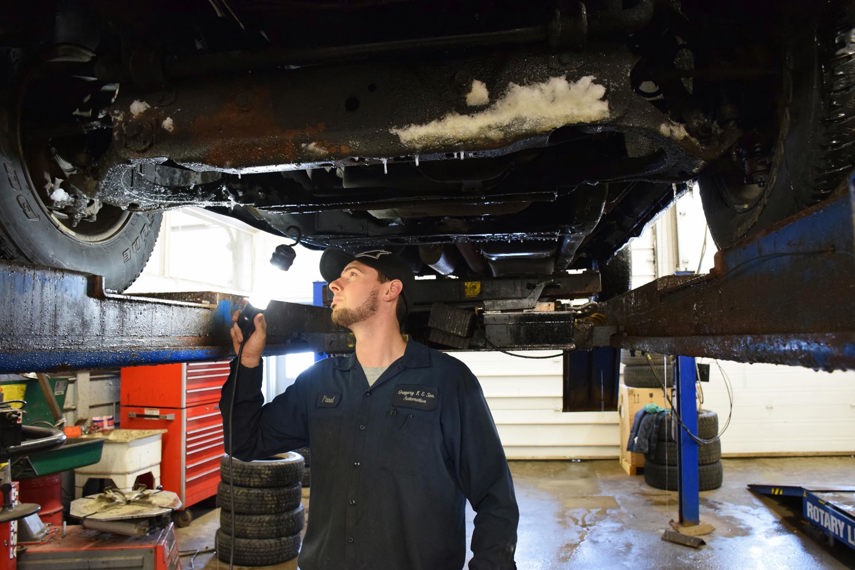
Various tools are available to help you zero in on an acceptable trade-in value for your vehicle, though that trade-in value is generally not finalized until the dealership accepting your trade has examined it fully.
Often, your trade-in will be subjected to a full appraisal where it’s examined carefully and scrutinized for any signs of damage, rust, excessive wear, leaks, problems with vehicle parts or systems, the condition of the tires and brakes, and more. This process exists because even otherwise-identical vehicles can wind up in vastly different shape some years after they were built, based on how well they were cared for and maintained.
During a comprehensive trade-in appraisal, the dealership is trying to find problems and issues that will reduce the value of the vehicle, and therefore, the price they can sell it for. Well-maintained vehicles in good shape are, therefore, worth more than vehicles that are in poor shape, or that have been neglected.
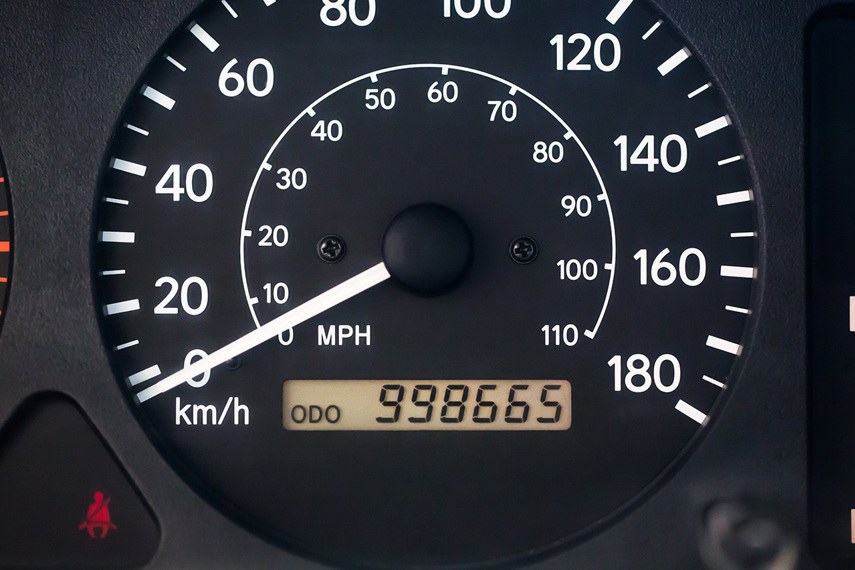
Maximize your trade-in value (and speed up the trade-in process) by ensuring that all service records are available for the dealer’s perusal (hopefully, you’ve stored these all somewhere). Touching up paint chips and scratches, addressing issues like burnt-out bulbs, worn-out wipers, fluid leaks, and the like, can all help increase your trade-in value as well, though typically not massively.
If the appraisal reveals some problems with your trade-in, interested shoppers may wish to ask the dealer if fixing those issues on their own dime might boost the trade-in value enough to make doing so worthwhile.
A good wash and a full interior detail may also help you get a higher trade-in offer.
Some shoppers will spend hundreds of dollars on maintenance and repairs before a trade-in appraisal, while others will trade in “as-is” for less money to more quickly make the switch into a newer car.
What’s Included
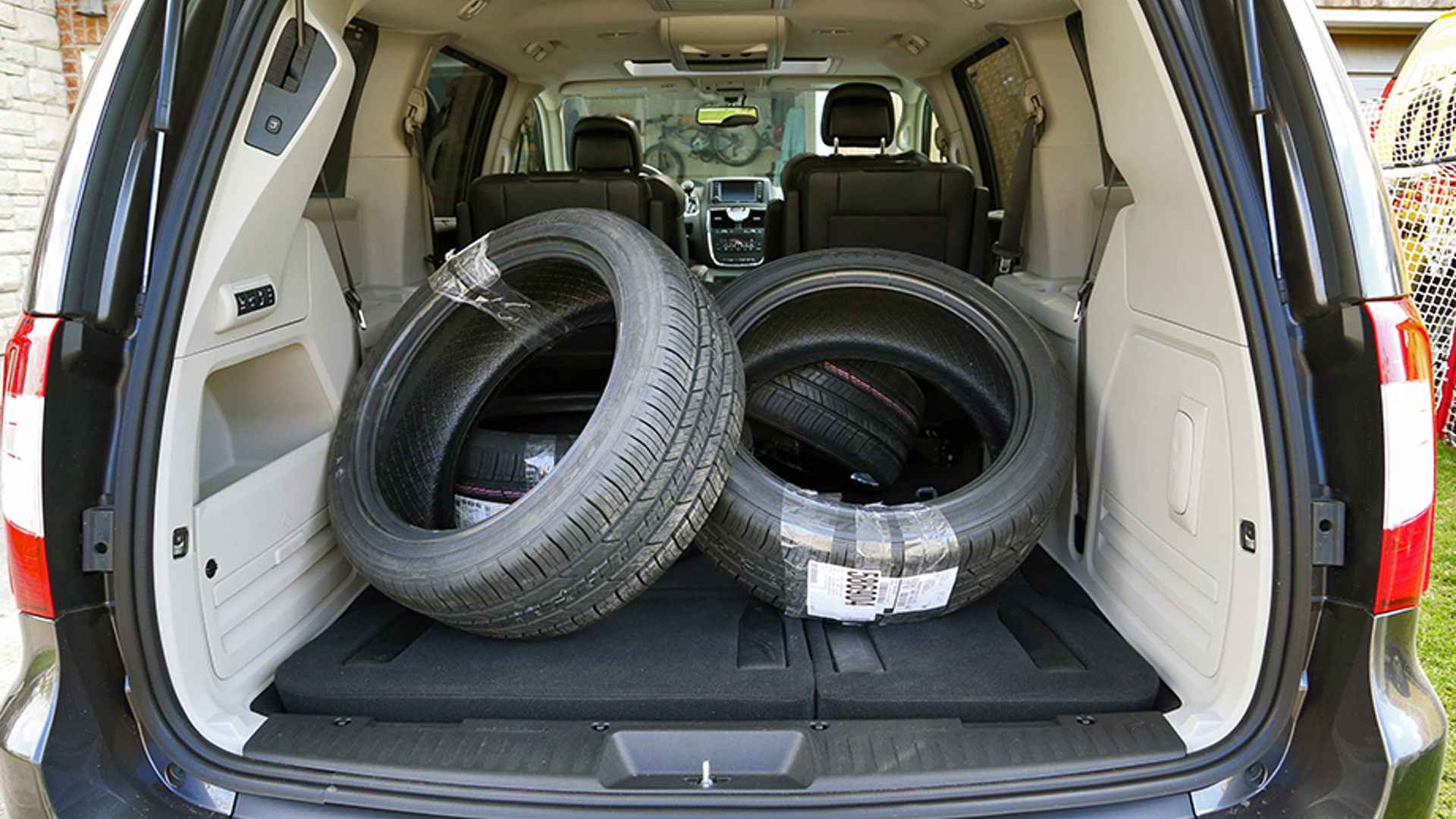
Be sure to determine which (if any) extras or accessories you’ll include with your trade-in. For instance, if your vehicle arrives for its trade-in appraisal with a roof rack and cargo box, aftermarket wheels, all-weather carpet liners, or any other accessory that’s removable, be sure to identify which (if any) of these will stay with your trade-in, and which are staying with you. Get this in writing, to avoid future confusion – or just remove such items or accessories before arriving for your appraisal.
Here’s an example of why this is important: I recently traded in my old Subaru on a new Volkswagen. During the appraisal, my Subaru had its winter tires (mounted on rims) in the rear seat. Earlier, I had promised to sell the wheel and tire combination from my Subaru to a relative, though the dealer took their presence into account in their trade-in offer. Having missed this detail in the paperwork, I eventually had to renegotiate the trade-in price slightly, since I’d already committed to selling the tires and wheels elsewhere.
Timing and Mileage
If you’ll trade in your used vehicle on a new one that won’t arrive for several weeks or months, you may need to use it until your new car arrives. In this situation, be sure to talk to your sales representative about any additional mileage you’ll need to put on your trade-in vehicle, after it’s been appraised. In some cases, this may reduce the trade-in value, but typically, a few hundred extra kilometres makes no difference.
Everything Is Negotiable, so Shop Around

Shopping around is key to finding the perfect new car, at the perfect price – but it’s also key to getting the best value from your trade-in. You can have your vehicle appraised at as many dealerships as you like, and in some cases, one dealer may offer you considerably more money than another, depending on various factors.
So, remember to shop your trade-in around, too. Also, don’t forget that the trade-in value offered by the dealer is also negotiable. If you feel your car is worth $6,000 and the dealer only offers you $4,000, you can seek further appraisals elsewhere, or try to negotiate the price.

